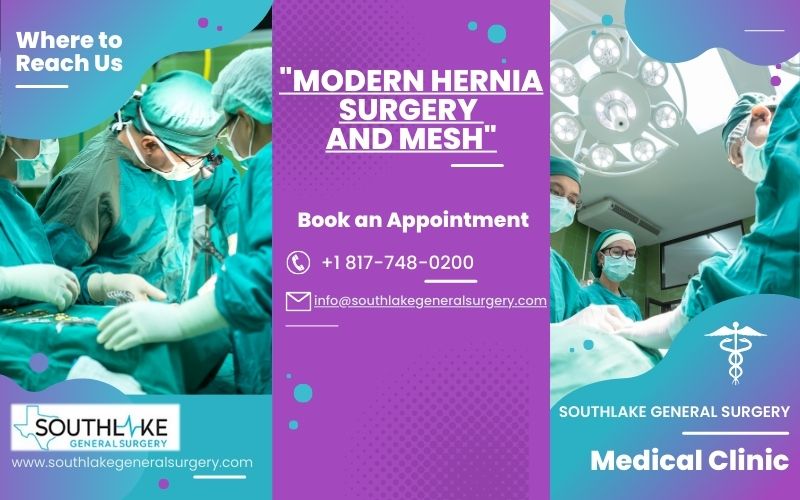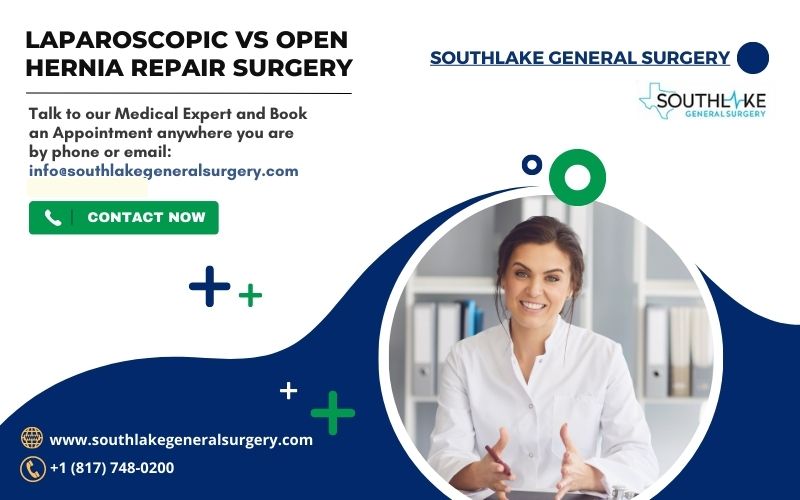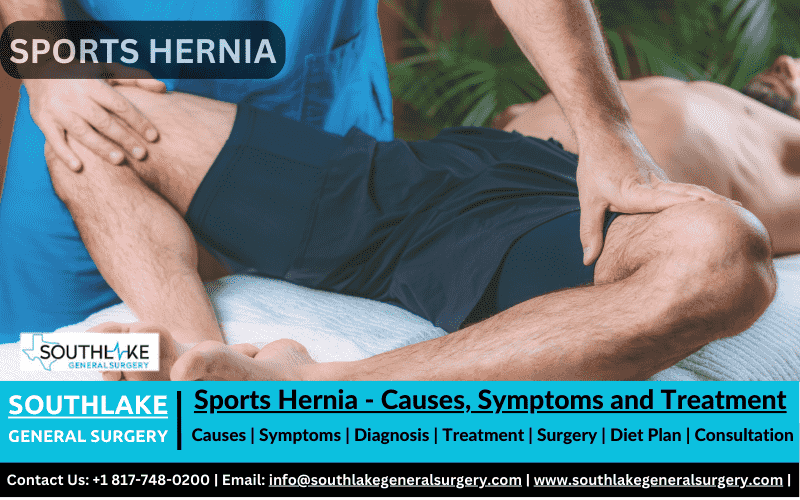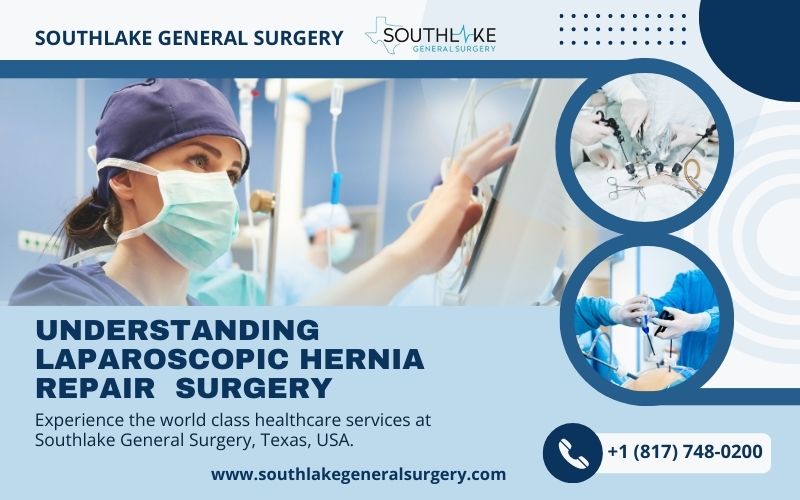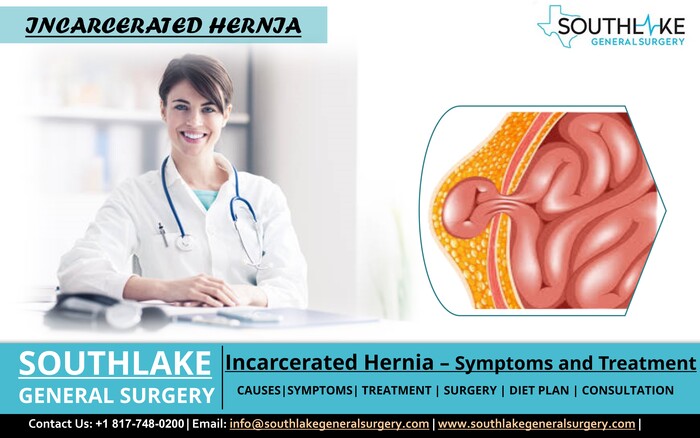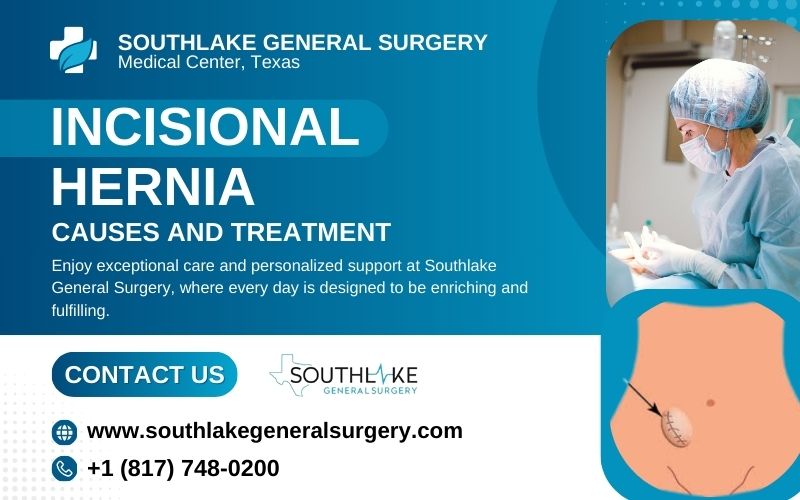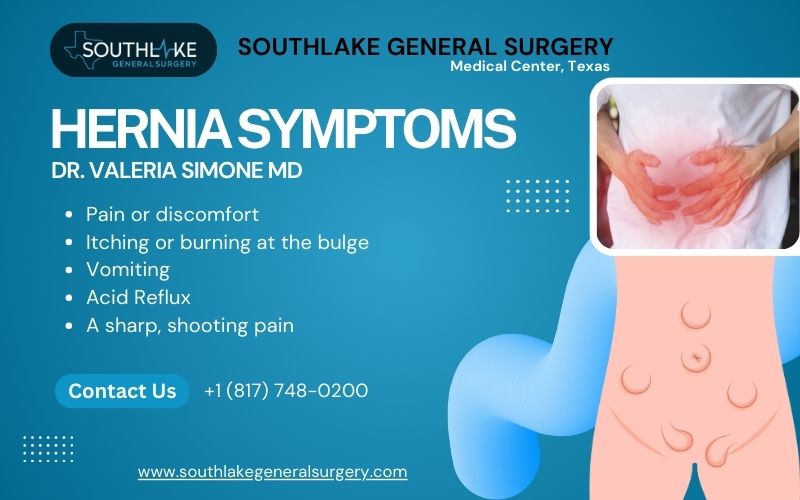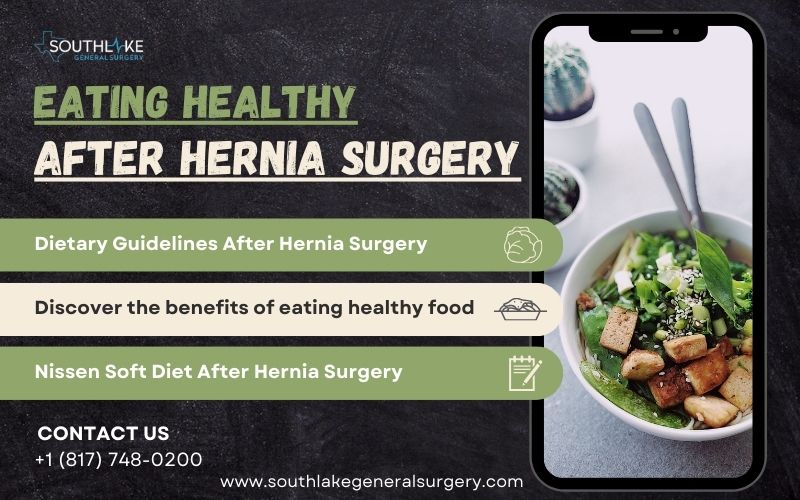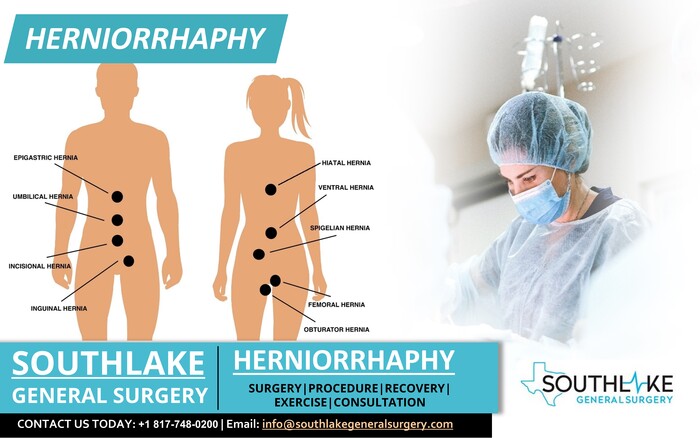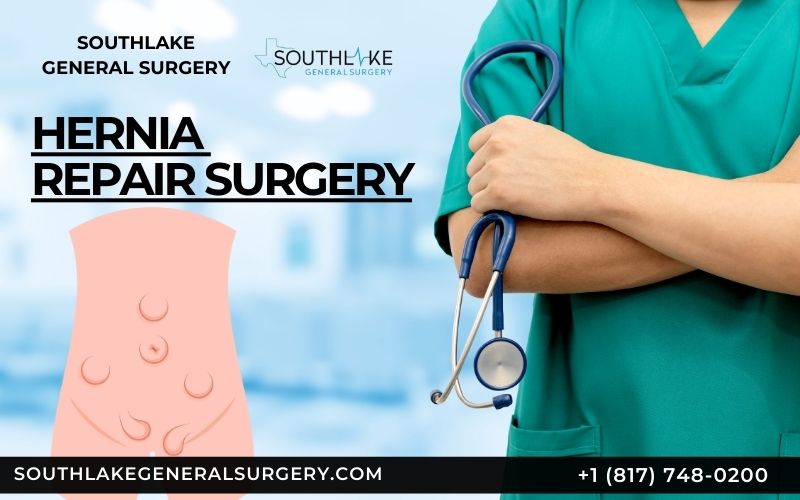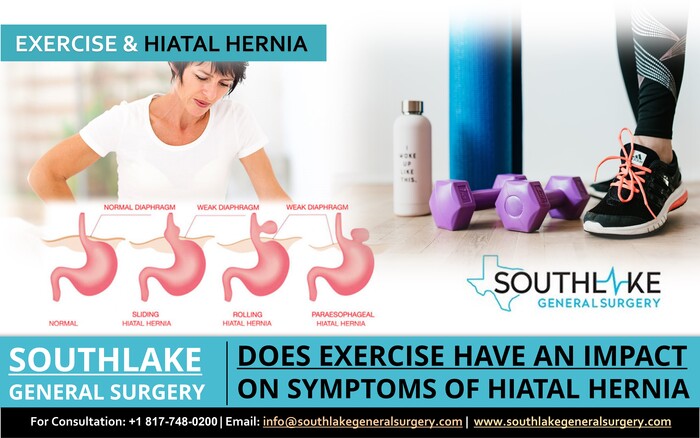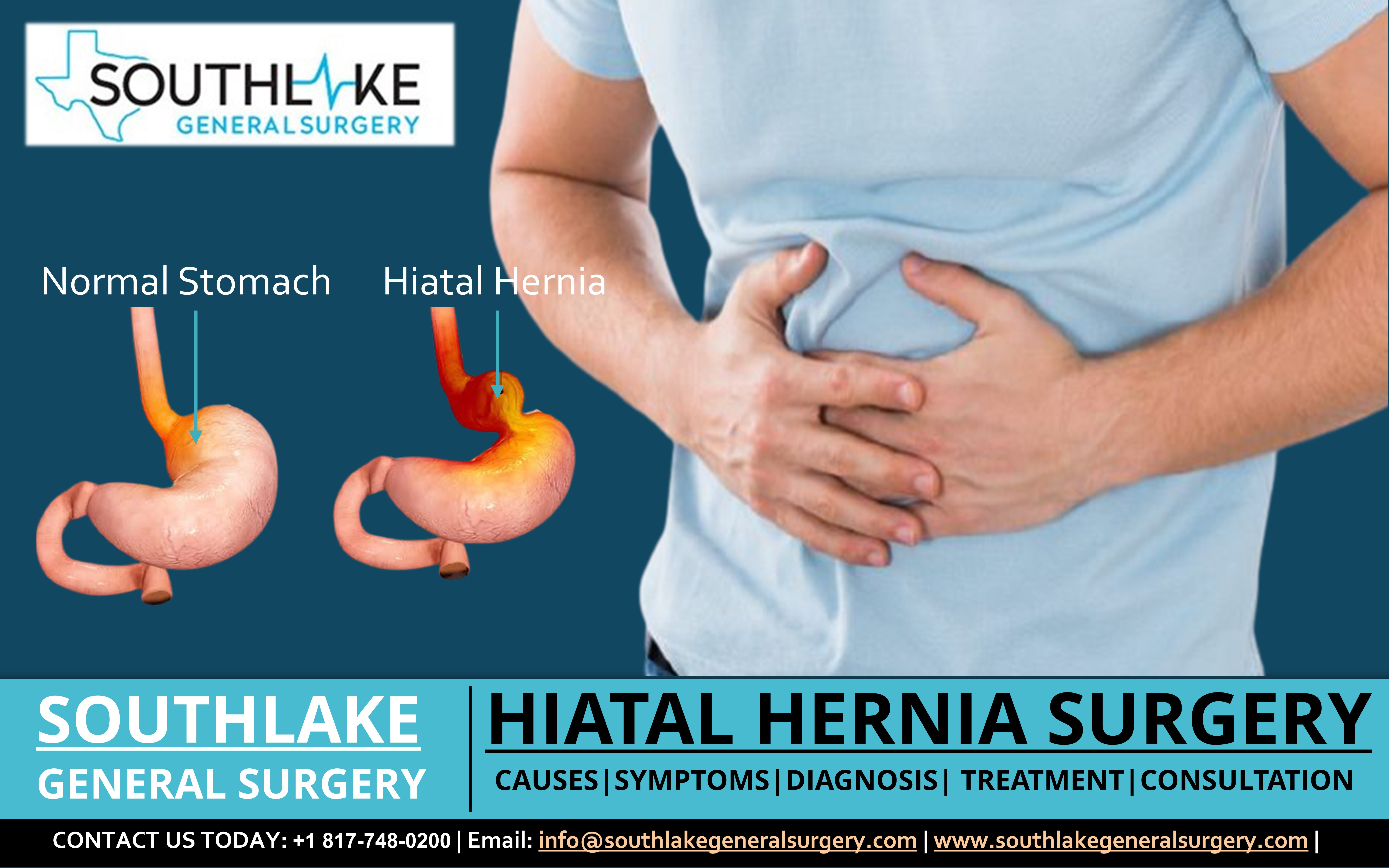Modern Hernia surgery and the usage of mesh today have come a long way from their infancy, embracing various advances in technology and medical expertise. The development and broad adoption of surgical mesh have been a game-changer in medicine in the last few decades.
Read More →
In recent years, laparoscopic and open hernia repair surgery has gained popularity since they offer patients more treatment options. When the two approaches are compared, one can notice that there are significant differences between their surgical procedures, the amount of time needed for recuperation, and the risks that may be involved.
Read More →
A sports hernia, also known as athletic pubalgia, is a disorder that can be painful and is frequently debilitating. It is common among athletes and other people who engage in strenuous physical activity. This injury happens when there is a weakening or tear in the muscles, tendons, or ligaments of the lower abdominal or groin area, causing acute pain and limited movement.
Read More →
Laparoscopic hernia repair surgery is a surgical method used to treat abdominal wall hernias. This is a minimally invasive surgical procedure. During this process, the patient’s abdomen will be punctured with a few tiny holes to make room for the insertion of a thin, lighted tube known as a laparoscope.
Read More →
An organ or tissue that has become trapped in a hernia and cannot be pulled back into the abdomen is known as incarcerated hernia. This is a serious medical condition that requires immediate medical attention as it can cause extreme pain, swelling, and even internal bleeding.
Read More →
An incisional hernia is a bulge or protrusion that occurs at the site of previous abdominal surgery. The bulge consists of abdominal contents, including the intestine and/or omentum, pushing through the weakened area of the abdominal wall. In medical terms, incisional hernias are sometimes also known as ventral hernias.
Read More →
Hernia symptoms typically appear out of nowhere and can cause excruciating amounts of discomfort. If you have a hernia, you may experience pain or discomfort in your abdomen, groin, or belly area.
Read More →
Eating healthy after hernia surgery is necessary for quick recovery and healing. Your diet plays an important role in the recovery process after surgery. Depending on where your hernia is, your diet plan may vary. Therefore, it is important to adhere to the dietary guidelines explained by your hernia surgeon to avoid any complications.
Read More →
A hernia is a condition in which a part of the body, usually the muscle or tissue, protrudes through an opening. Can a Hernia Trigger Back Pain? we will discuss this in this article.
Read More →
Diet After hiatal hernia surgery, you may be
wondering what to eat. This article will provide a list of foods that you
should eat after surgery.
Some foods that are good to eat after surgery include lean protein, whole grain, bread and cereals, fruits and vegetables, low-fat dairy products, and water.
Read More →
Recovery time after hernia repair surgery is based on the type of surgical procedure your doctor has proposed. There are two types of hernia surgeries that your doctor can suggest: Open Surgery and Laparoscopic Hernia Surgery.
Read More →
A herniorrhaphy is a surgical procedure to repair a hernia. In this procedure, your doctor repairs the weak spot in the abdominal wall. A hernia develops when an organ pushes through an opening of the muscle or tissue of the abdominal wall.
Read More →
Hernia repair surgery is also known as herniorrhaphy or hernioplasty and it is used for the treatment of a hernia. There are three types of hernia surgery – Open Hernia Surgery, Laparoscopic Surgery, and Robotic Surgery.
Read More →
A hernia is an ailment that occurs when the internal organs, tissues, or intestines push through an opening in the muscle or tissue leading to hernia pain.
Read More →
A hiatal hernia is another type of hernia where a portion of the upper stomach pushes over the diaphragm and into the chest.
Read More →
A hiatal hernia is a condition when an upper section of the stomach stretches out up through the diaphragm and into the chest region. This condition may develop severe symptoms of acid reflux or GERD and through medicines, these symptoms can be treated. In case, medicines don’t work, your doctor may suggest hernia surgery as a treatment.
Read More →
